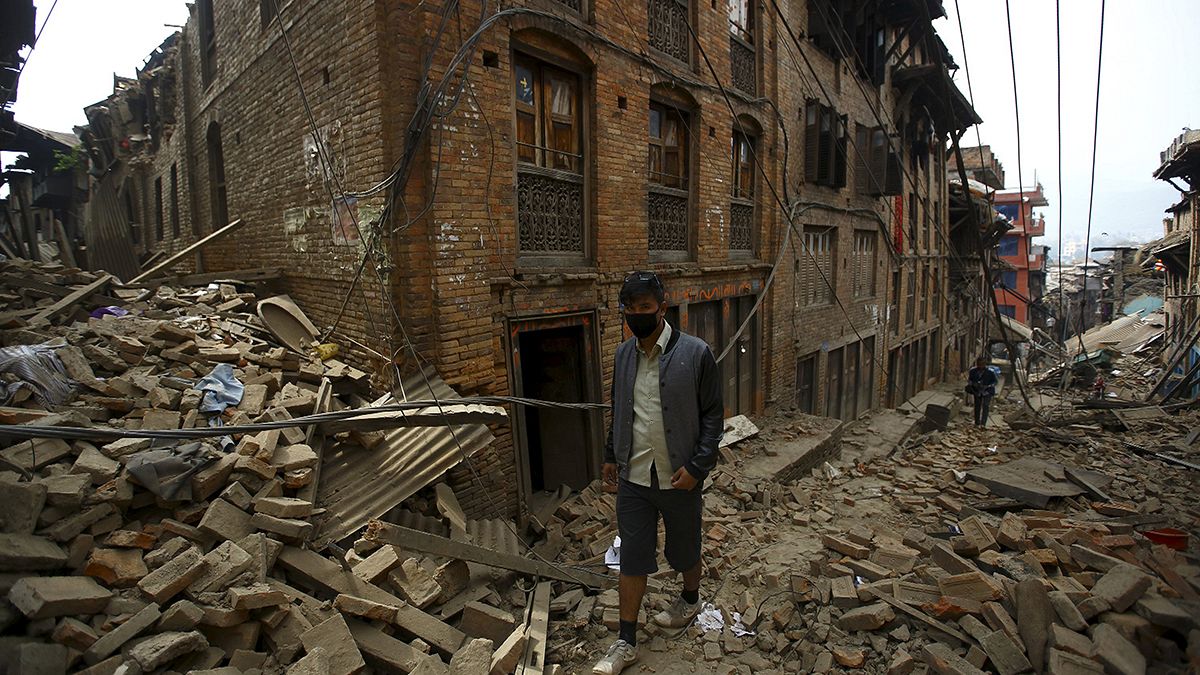Last year’s natural disasters around the world caused many more deaths than did those in 2014 – but the total was less than half the average number
Last year’s natural disasters around the world caused many more deaths than did those in 2014 – but the total was less than half the average number of fatalities over the last 30 years.
According to figures from the German reinsurer Munich RE natural disasters were behind 23,000 deaths in 2015, compared to 7,700 the previous year. The annual average for the last three decades is 54,000 deaths, the report says.
The single worst catastrophe in terms of fatalities last year was the earthquake that struck Nepal in April, killing 9,000 people. The heatwave in India and Pakistan in May and June caused 3,670 deaths, the second highest tally. Europe’s summer heatwave is estimated to have killed 1,250 people.
Five largest natural catastrophes in 2015 ranked by number of fatalities
- 9000 victims
Nepal: Earthquake (25.4)
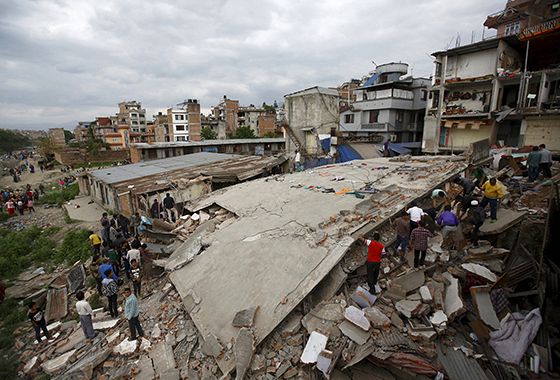
- 3670 victims
India, Pakistan: Heat wave (May-June)
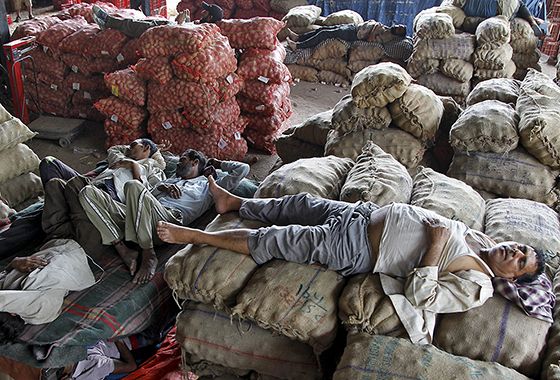
- 1250 victims
Europa: Heat wave (June-August)
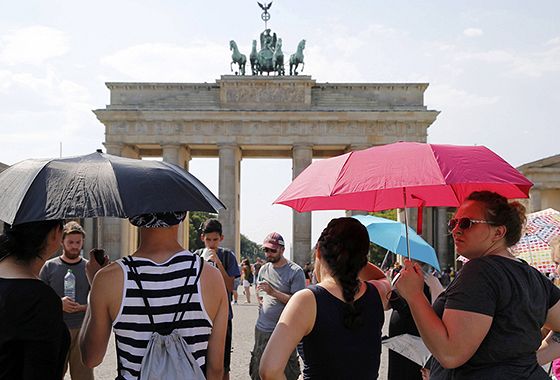
- 597 victims
India: Floods (November – December)
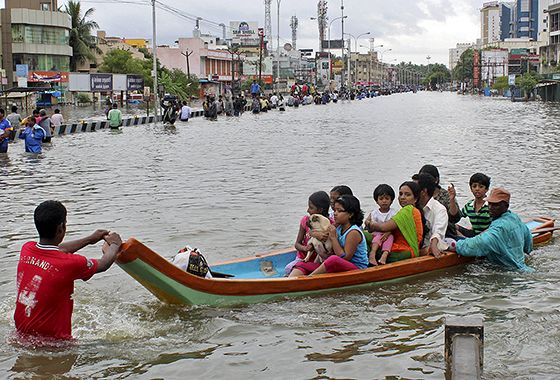
- 444 victims
China: Tornado (1.6)
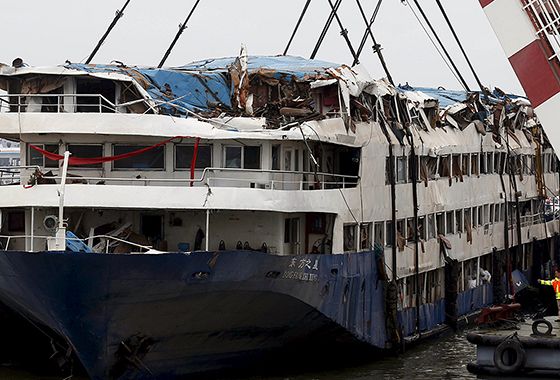
The cost of the last year’s damage caused by natural disasters fell compared to 2014 to its lowest level since 2009, and was again well below the 30-year average.
The report puts the amount at $90 billion (83.7 billion euros), as opposed to $110 billion (102 billion euros) in 2014. The average cost of damage over the past three decades is estimated at $130 billion (121 billion euros) annually.
Explaining the reasons behind last year’s figures including the reduced cost, the reinsurer says many tropical cyclones hit areas with relatively low population levels – while in the North Atlantic, the natural phenomenon El Niño acted as a barrier to major storms.
However, El Niño was seen as contributing to the development of intense tropical cyclones in the northeast Pacific. It also had a “considerable effect” on droughts and heatwaves, especially in South America, Africa and Southeast Asia – though the highest losses in this domain came from the hot, dry summer in Europe.
The vast majority of insurance claims worldwide – 94 percent – were linked to the weather, underlining the challenge posed by climate change.
The scientists warn that the “comparatively low losses are no reason for complacency”, indicating that luck had played a part in 2015, which saw several “near misses” and cyclones failing to make landfall.
They also say that the “strong El Niño phase might be followed by a La Niña event”, which “would promote the development of hurricanes in the North Atlantic, for example”.
#ElNiño curbed #natcat2015 losses, but might be followed by a #LaNiña phase already in 2016. pic.twitter.com/JtG6JA8hPX
— Munich Re InFocus (@MunichRe_In) January 4, 2016
For the first time, the number of natural disasters causing losses topped 1,000, though this is attributed to improved communication.
The difference between rich and poor countries in terms of the effect of natural disasters can be gleaned from Munich Re’s figures. In developing nations, only a fraction of the cost of overall losses is covered by insurance, its report says.
So, although the cost of the Nepal earthquake and its various aftershocks has been estimated at $4.8 billion (4.45 billion euros), only some $210 million (195 million euros) was insured.
This compares to the US, where estimated natural catastrophe losses totalled $25 billion (23.25 billion euros) – with more than half covered by insurance ($15 billion, 13.95 billion euros).
